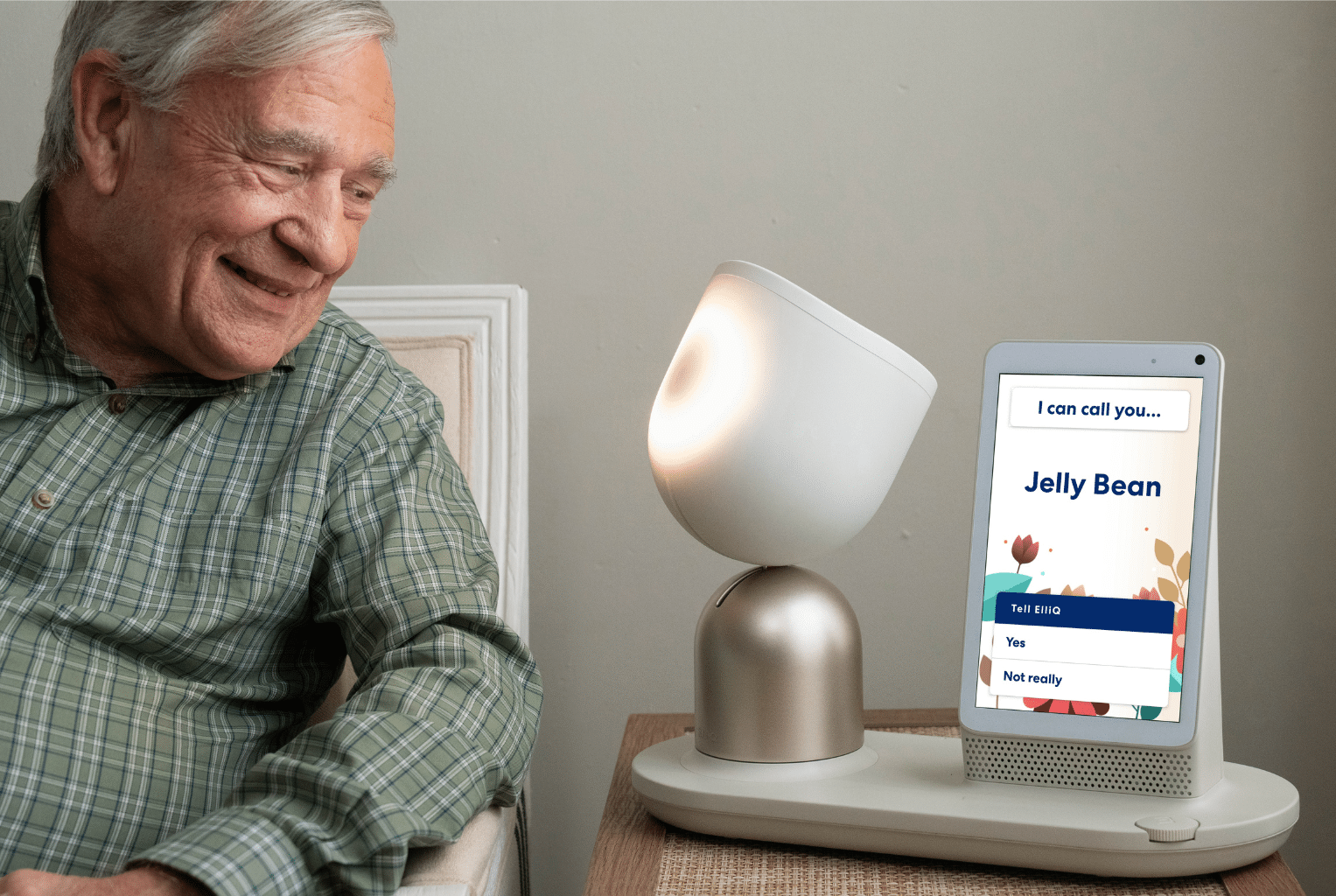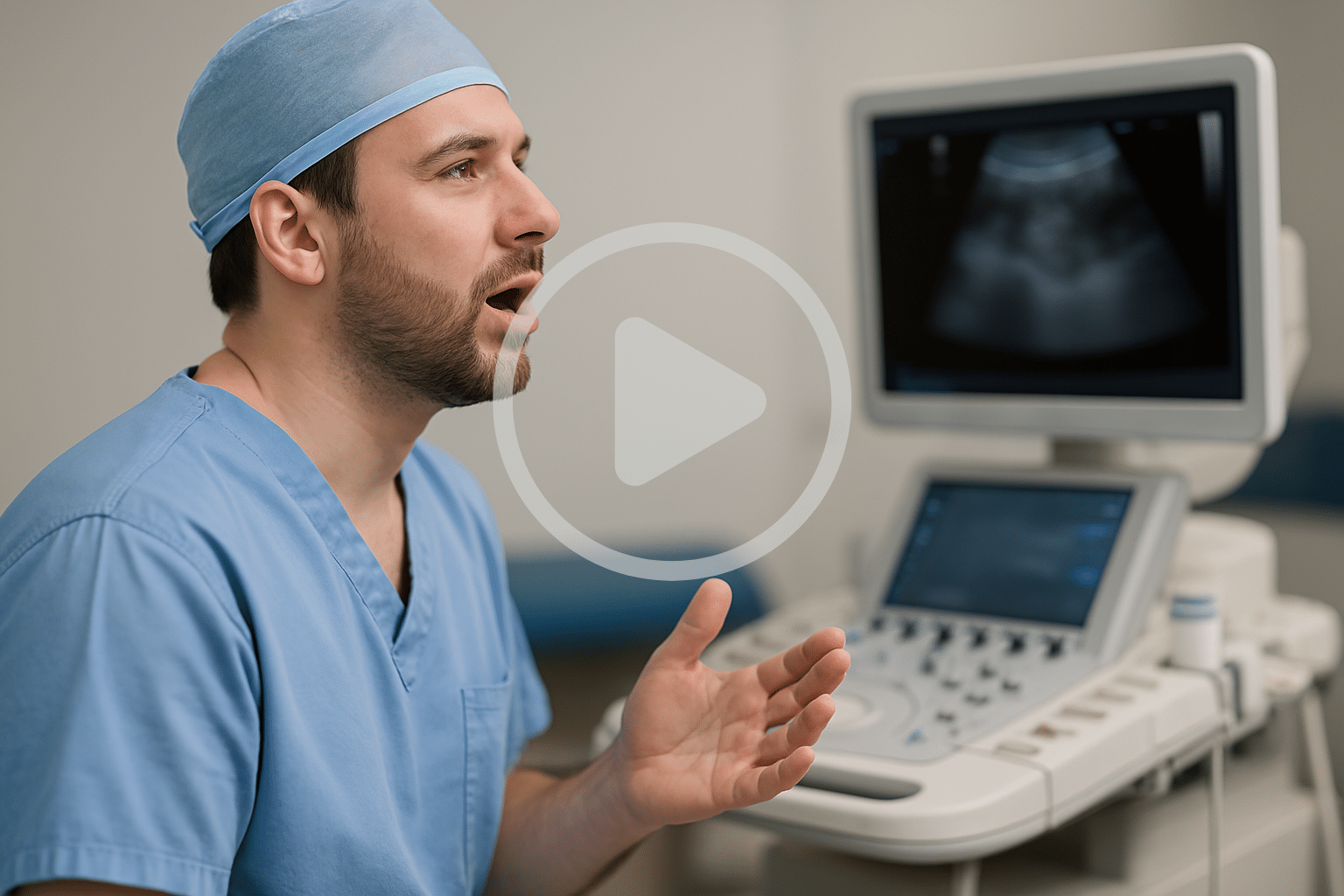On-Device Voice AI for Medical Devices & Healthcare
Enhance healthcare with Sensory’s secure, on-device voice recognition—HIPAA-compliant, hands-free control for medical assistants, patients, and providers.
Let's Talk Contact Us
Privacy-First Voice Technology for Healthcare
In clinical settings, patient privacy is non-negotiable. Sensory’s on-device voice solutions are designed to meet HIPAA and other medical compliance standards by processing voice commands entirely on the device—no recordings, no transmissions. This approach reduces latency and eliminates risks associated with cloud-based systems.
With Sensory’s TrulyHandsfree™ wake words and TrulyNatural™ speech-to-text, medical devices can be controlled seamlessly, securely, and privately. Whether it’s a doctor adjusting equipment during surgery or a patient calling for help, Sensory’s embedded voice AI enables instant, secure, and reliable interaction without compromising protected health information.

Medical Devices & Healthcare Customers
Medical Voice Assistants: Smarter, Safer, More Accessible
Voice assistants in healthcare must do more than listen—they must understand context, maintain sterility, and support a range of users. Sensory’s technology powers domain-specific, hybrid medical voice assistants that run locally and securely, with the option to hand off complex queries to private clouds or on-premise systems.
Take Sonosite’s Ultrasound Voice Assist, which enables emergency room physicians to adjust ultrasound machines without touching them. Doctors using this technology describe it as “surprisingly fast and responsive” and capable of delivering a “more hands-free, sterile environment.” With intelligent and customizable wake words, Sensory’s solution can differentiate between patients and doctors, tailoring responses to the speaker’s role and access level.
Empowering Patients and Providers with Personalized Voice Control
Sensory’s voice and sound recognition solutions are already making a difference in patient care. In devices like the ElliQ AI companion for older adults, Sensory’s technology allows users to interact naturally via personalized wake words and speaker verification, while also detecting ambient sounds like alarms or breaking glass. These capabilities expand possibilities for elder care, rehabilitation, and patient monitoring.
In hospital rooms or long-term care facilities, patients with limited mobility can use voice commands to adjust lighting, control entertainment, or call for assistance. With on-device customization, voice models can be adapted to specific users or devices, ensuring privacy, usability, and reliability—even in noisy environments.

From homes to hospitals, voice-enabled medical devices are on the rise.
“Designed to give ophthalmologists unprecedented portability, reliability and efficiency, LEAF utilizes a wireless tablet as the user interface. An optional voice control feature, powered by Sensory Inc, provides touchless parameter control during treatment, allowing the physician to maintain focus on the patient.”
-Norlase

- ©2025 Sensory Inc.
- Privacy Policy
